Artemis launch delay is the latest of many NASA scrubs and comes from hard lessons on crew safety
Monday, 14 November 2022 17:35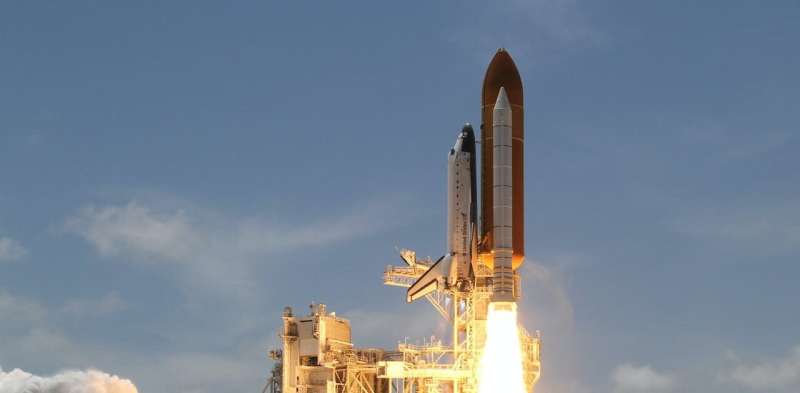
I love a good space launch, and I have been eagerly awaiting NASA's powerful new Space Launch System rocket to take off as the first part of NASA's ambitious Artemis Mission to put U.S. astronauts back on the Moon. But this launch has already been pushed back four times this year—twice due to technical issues and once apiece for a tropical storm and a hurricane.
I am a professor of space studies who teaches courses in space law and history. One lesson I've learned is that as successful as the U.S. and other nations have been at launching rockets into space over the decades, a huge number of launches get delayed due to weather or safety concerns. Of NASA's 135 Space Shuttle missions, only about 40% launched on time.
Moon rocket launch looms as NASA evaluates hurricane damage
Monday, 14 November 2022 16:39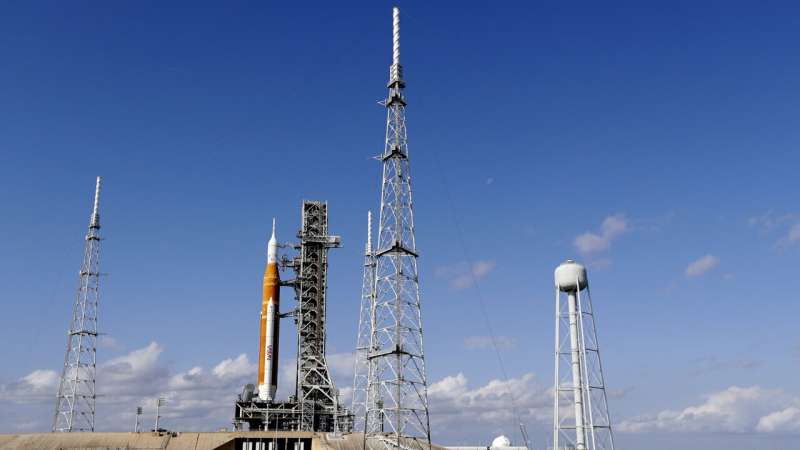
NASA started the countdown Monday for this week's planned liftoff of its new moon rocket, although hurricane damage could cause yet another delay for the test flight.
Hurricane Nicole's high winds caused a 10-foot (3-meter) section of caulking to peel away near the crew capsule at the top of the rocket last Thursday. Mission managers want to make sure the narrow strip won't damage the rocket if it breaks off during liftoff.
NASA's moon rocket on track for Wednesday launch attempt
Monday, 14 November 2022 16:39
NASA started the countdown Monday for this week's planned liftoff of its new moon rocket, although hurricane damage could cause yet another delay for the test flight.
Hurricane Nicole's high winds caused a 10-foot (3-meter) section of caulking to peel away near the crew capsule at the top of the rocket last Thursday. Mission managers want to make sure the narrow strip won't damage the rocket if it breaks off during liftoff.
Safety in space: Synthetic hibernation could provide protection from cosmic radiation
Monday, 14 November 2022 15:11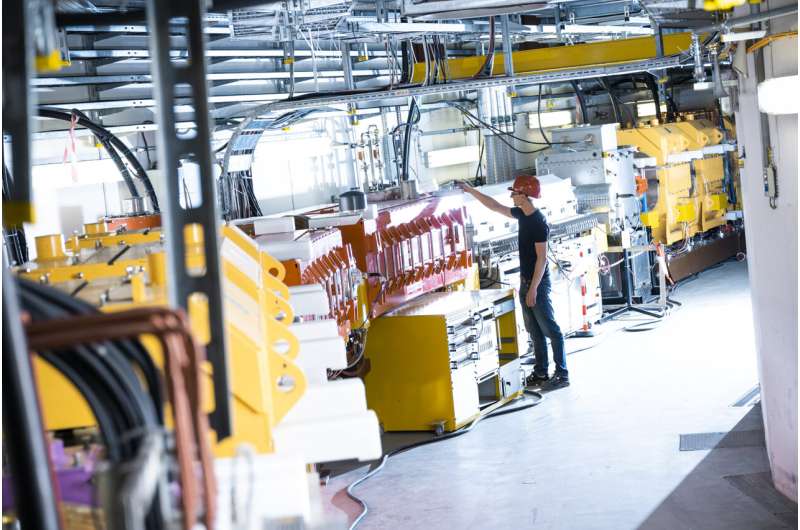
It is still a glimpse into the future: Astronauts could be put into artificial hibernation and in this state be better protected from cosmic radiation. At present, there are already promising approaches to follow up such considerations.
An international research team led by the Biophysics Department of the GSI Helmholtzzentrum in Darmstadt now has found decisive indications of the possible benefits of artificial hibernation for radiation resistance. The research partners from Germany, Japan, Italy, the UK and the USA have recently published their results in Scientific Reports.
Scientists call the state, which hibernating animals enter, torpor. In this state, life-supporting functions of an organism are reduced: Body temperature is lowered, metabolism is reduced and body functions such as heart rate and respiration rate or oxygen uptake are significantly slowed down.
ESA results on display at COP27
Monday, 14 November 2022 15:00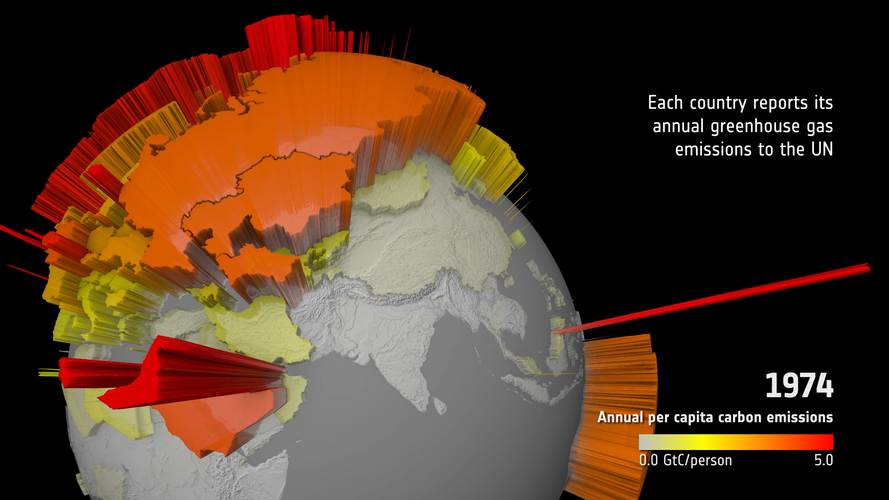
Achieving net-zero by the second half of the century is considered vital if global temperatures are to remain well below the two degrees rise as set out by the Paris Agreement for climate. From their vantage point in space, satellites provide a unique means of tracking progress towards achieving this balance between greenhouse gas emissions from sources and removal by sinks.
How space-based approaches can support the UN Global stocktake, starting in 2023, are the focus of technical discussions at the 2022 United Nations Climate Change Conference (COP27) currently taking place in Sharm El-Sheikh, and feature results from ESA’s trailblazing REgional Carbon
Biomass heads for the shaker
Monday, 14 November 2022 14:53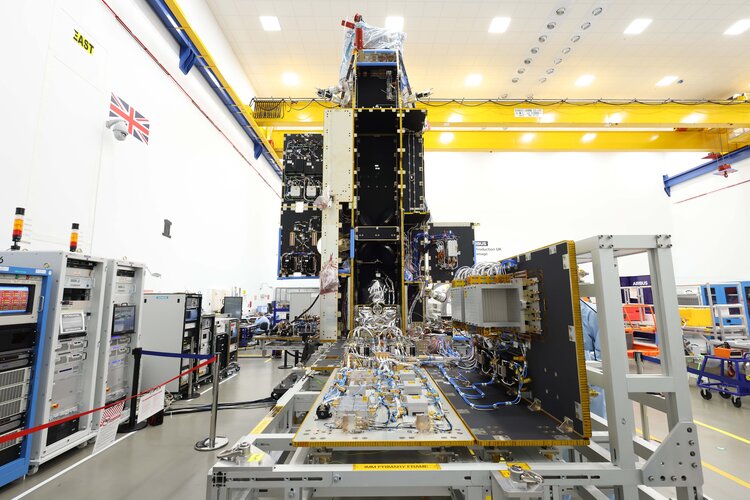
Over the last six months, engineers at Airbus in Stevenage, UK, and teams from Europe and North America have turned a multitude of structural parts and electronic units into a complete satellite: ESA’s Biomass satellite. Now complete, this brand-new satellite has been shipped to Airbus’ testing facility in Toulouse, France, where it will be put through its paces to ensure that it will survive the rigours of liftoff and the harsh environment of space to deliver on its promise, that being to yield new insight into Earth’s precious forests.
Phobos surface striations tell a story of its rupturing interior
Monday, 14 November 2022 13:02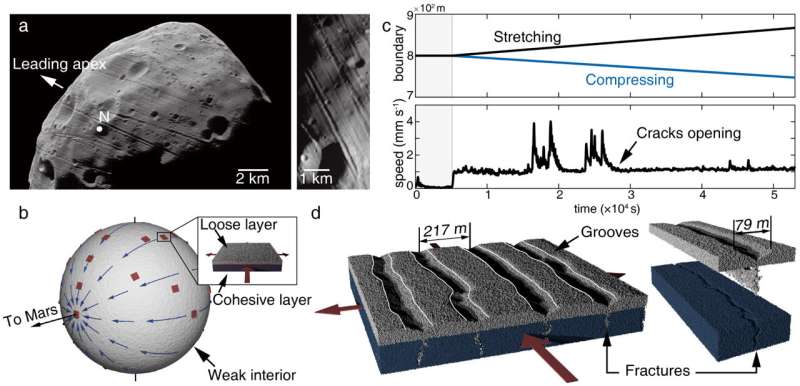
Saying goodbye to Galileo 1st Generation
Monday, 14 November 2022 13:00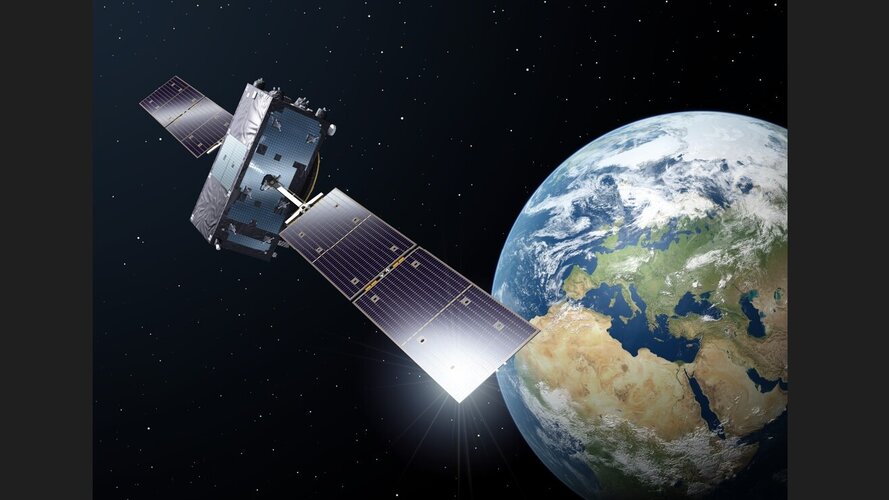 Video:
00:04:05
Video:
00:04:05
Galileo is Europe’s largest satellite constellation – and the world’s most accurate satnav system. The work on Galileo began two decades ago with two test GIOVE satellites, followed by a series of operational launches.
The two GIOVE satellites, the first Galileo In-Orbit Validation satellite and all 34 Galileo Full Operational Capability satellites were tested at ESA’s ESTEC Test Centre, Europe’s largest satellite testing facility.
On this day the very last satellite in the Galileo First Generation series leaves the site, and the people responsible for readying them for space have gathered to say goodbye. Next will come the Galileo
Solar snake spotted slithering across Sun’s surface
Monday, 14 November 2022 12:00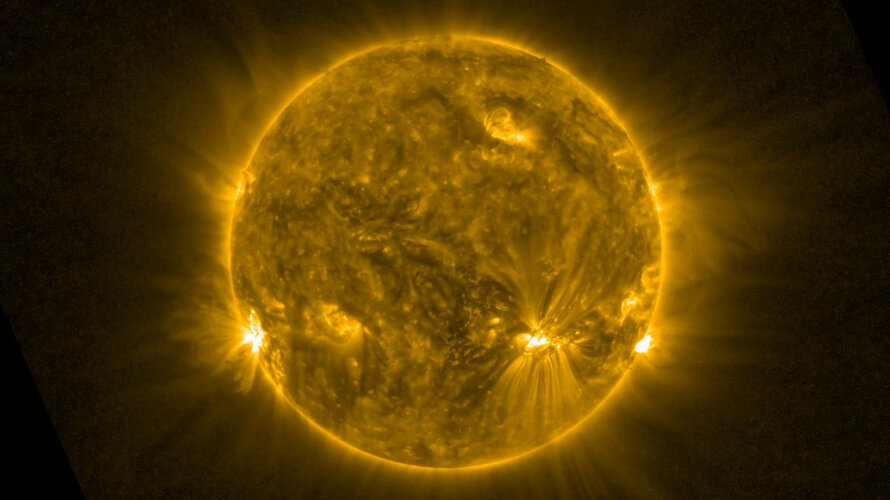 Video:
00:00:11
Video:
00:00:11
Solar Orbiter has spotted a ‘tube’ of cooler atmospheric gases snaking its way through the Sun’s magnetic field. The observation provides an intriguing new addition to the zoo of features revealed by the ESA-led Solar Orbiter mission, especially since the snake was a precursor to a much larger eruption.
The snake was seen on 5 September 2022, as Solar Orbiter was approaching the Sun for a close pass that took place on 12 October. It is a tube of cool plasma suspended by magnetic fields in the hotter surrounding plasma of the Sun’s atmosphere.
Plasma is a state of
Space Transportation development ‘an investment in Europe’s future’
Monday, 14 November 2022 10:21
Europe has a strong heritage in launch, with Ariane 5 leading the market for many years and Ariane 6 being prepared to take over this role. Meanwhile, the Vega launch system has showcased Europe’s capacity for innovation, notably with the inaugural flight of Vega-C on 13 July. In Space Transportation, ESA’s ambition at this ESA Council at Ministerial level (CM22) is therefore to continue to realise the market introduction of its newest vehicles, Ariane 6 and Vega-C, while making ambitious preparations for the 2030s.
CAPSTONE enters lunar orbit
Monday, 14 November 2022 09:39
A NASA-funded cubesat successfully completed a maneuver to enter orbit around the moon Nov. 13.
The post CAPSTONE enters lunar orbit appeared first on SpaceNews.
CAPSTONE initial insertion at the Moon executed as planned
Monday, 14 November 2022 05:30 CAPSTONE made its initial insertion into the Near Rectilinear Halo Orbit (NRHO) on Sunday, November 13th. Two smaller correction maneuvers will take place this week to ensure the spacecraft is confirmed into the complex lunar orbit. This NRHO is an orbit around the Moon that has never been flown before and it is the intended orbit for the Gateway space station. NASA intends to use Gateway to sup
CAPSTONE made its initial insertion into the Near Rectilinear Halo Orbit (NRHO) on Sunday, November 13th. Two smaller correction maneuvers will take place this week to ensure the spacecraft is confirmed into the complex lunar orbit. This NRHO is an orbit around the Moon that has never been flown before and it is the intended orbit for the Gateway space station. NASA intends to use Gateway to sup Delayed NASA Venus mission looks for a reprieve
Sunday, 13 November 2022 12:59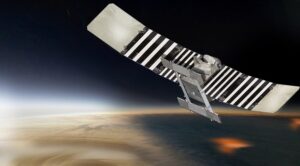
The head of a Venus mission delayed at least three years by NASA in response to problems with another mission says she will attempt to shorten that delay.
The post Delayed NASA Venus mission looks for a reprieve appeared first on SpaceNews.
Linking mass extinctions to the expansion and radiation of land plants
Sunday, 13 November 2022 09:32 The Devonian Period, 419 to 358 million years ago, was one of the most turbulent times in Earth's past and was marked by at least six significant marine extinctions, including one of the five largest mass extinctions ever to have occurred.
Additionally, it was during the Devonian that trees and complex land plants similar to those we know today first evolved and spread across the landscape
The Devonian Period, 419 to 358 million years ago, was one of the most turbulent times in Earth's past and was marked by at least six significant marine extinctions, including one of the five largest mass extinctions ever to have occurred.
Additionally, it was during the Devonian that trees and complex land plants similar to those we know today first evolved and spread across the landscape Rocket Lab to supply satellite separation systems for Tranche 1 Transport Layer vendors
Sunday, 13 November 2022 09:32 Rocket Lab USA, Inc. (Nasdaq: RKLB) has been awarded two contracts worth a total of $14 million to provide satellite separation systems for companies building Space Development Agency's (SDA) Tranche 1 Transport Layer (T1TL) satellites. Rocket Lab will supply more than 80 total Lightband Separation Systems (Lightbands) to prime contractor Lockheed Martin and another undisclosed customer, both of
Rocket Lab USA, Inc. (Nasdaq: RKLB) has been awarded two contracts worth a total of $14 million to provide satellite separation systems for companies building Space Development Agency's (SDA) Tranche 1 Transport Layer (T1TL) satellites. Rocket Lab will supply more than 80 total Lightband Separation Systems (Lightbands) to prime contractor Lockheed Martin and another undisclosed customer, both of 
